
When we think of the past, one of the first thoughts that runs through our mind is how people lived without electricity. Nowadays, we can’t even imagine a day without it because all of our appliances and devices run on electricity.
The truth is, however, that most homes don’t have enough power outlets to keep everything running and charged, so most of us rely on power strips without being aware that appliances that consume a lot of energy become dangerous fire hazards when we plug them into a power strip.
Although power strips are the thing to go to when it comes to charging your phone or power an entertainment setup, there are certain devices that should never be plugged into a power strip.
Air conditioners, space heaters, toasters, and other appliances that use high wattage can easily cause power strips to overheat, which can easily lead to a fire hazard.
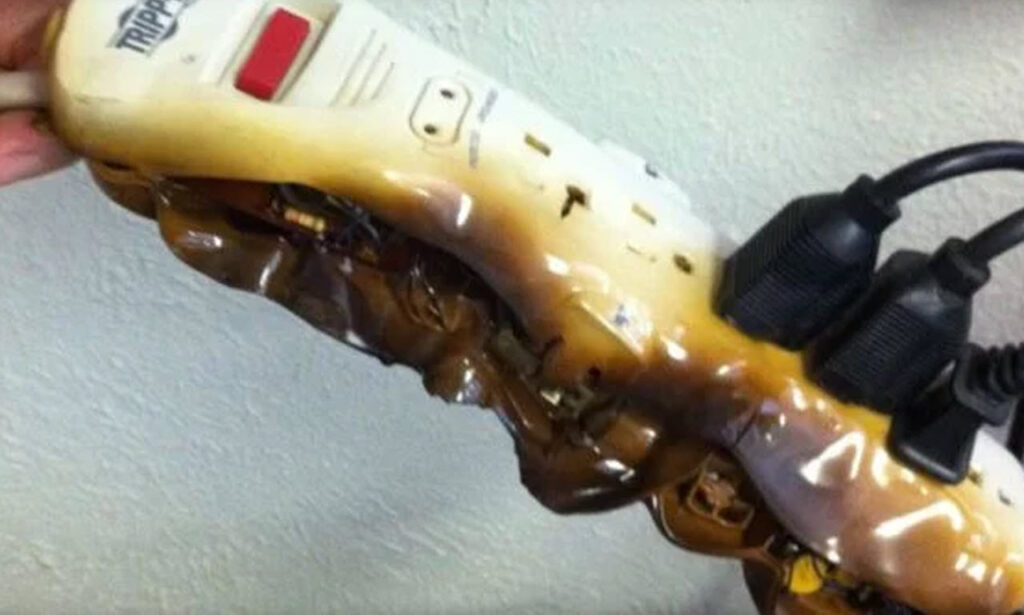
Even before plugging anything into a power strip consider the ammount of power they support. This is usually listed on the product itself.
High-capacity appliances need to draw a lot of power through an electrical circuit to work. Keep in mind that an appliance does not need to be large in size to draw large amounts of power.
Below is the list of appliances that should never be plugged into a power strip.
1. The oven: Even though the oven is not used continually, it is a power-hungry appliance that should not be plugged into a power strip. In fact, it should be plugged into its own wall outlet on its own circuit.
2. Refrigerator: Refrigerators require a lot of power and frequently cycle on and off which can easily overload a power strip and cause damage. Much like the oven, refrigerators require a wall outlet dedicated solely to powering the appliance.
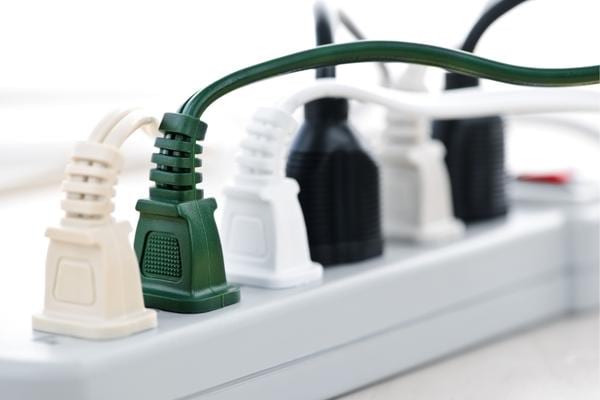
3. Washing Machine: When turned on, washing machines pull a lot of power. This is the main reason why these appliances shouldn’t share a receptacle with any other appliance or device.
Most washing machines use a max of up to 1400 watts, putting it dangerously close to the max load of most power strips. On top of that while working, washing machines are usually left unattended and work longer hours, at least an hour, which is long enough for a power strip to overheat.
4. Heating: Portable heaters should never be plugged into a power strip because most of them use 1,500 watts of energy on their high setting and they usually run for extended periods of time.
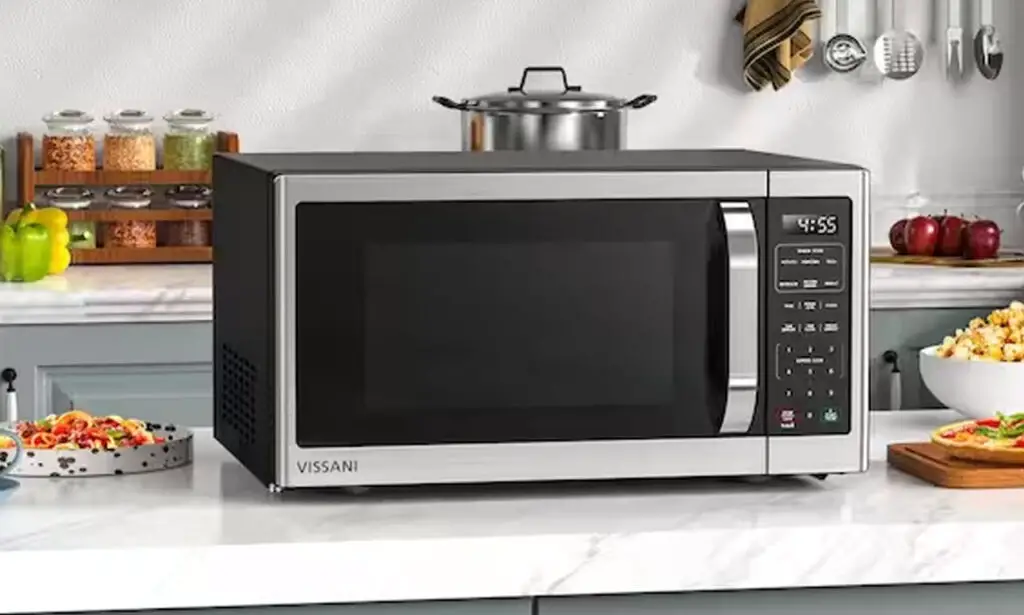
5. Microwave: Since they consume a lot of energy when used, most microwave ovens are plugged into their own receptacle and that is always a good practice.
6. Coffee Maker: Those who own a coffee maker are not fully aware of the power these appliances use, and this is why they should never be plugged into any sort of power strip or extension cord.
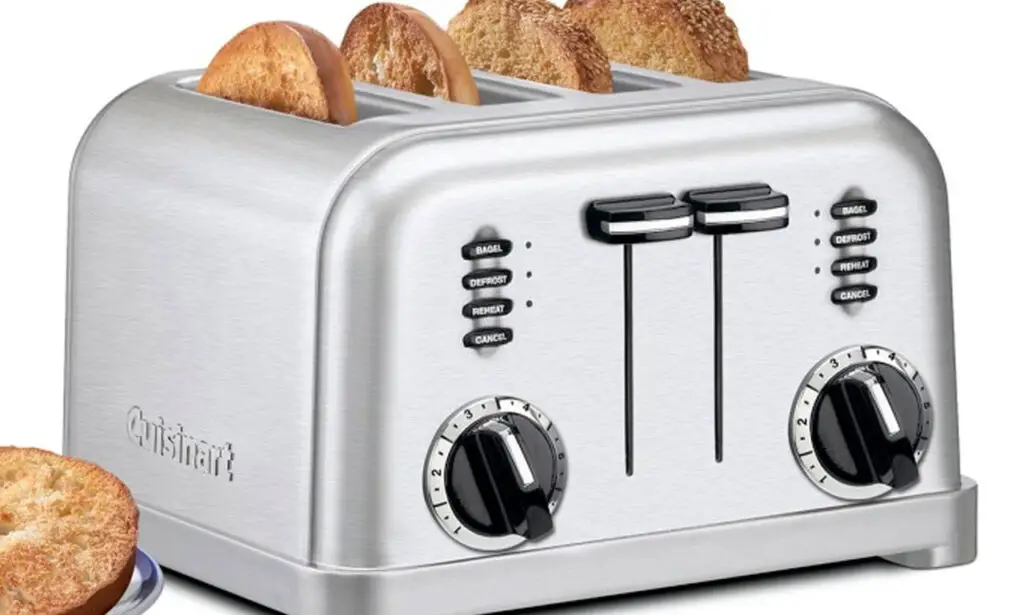
7. Toaster: You may think that browning up slices of bread or bagels doesn’t require a lot of energy, but the truth is that toasters use a lot of energy when in use and they should be plugged directly into the receptacle rather than a power strip.
8. Another Power Strip: Power strips are not meant to be used in conjunction with another power strip, although many people do exactly that. This, however, violates most safety codes because it can easily lead to overloading the electrical system.
9. Electronics (Computer, TV, Router): These types of electronic devices don’t necessarily use a lot of power on their own, but they are sensitive to surges and you can find yourself with a burnt out computer or TV very quickly if you plug them into a power strip.
If you want to protect these sensitive devices from power surges, opt for a power strip that functions as a surge protector.
Whеthеr Оr Nоt Shе Is Ехресting Аftеr Sресulаtiоn Оvеr Неr Fоrm-Fitting Сlоthing Веgаn

The renowned Olympic gold medallist Simone Biles has been compelled to answer recent pregnancy rumors that were generated by a picture of her wearing tight apparel.
Two days prior, Biles, 26, posted pictures of herself having a good time at a football game. She was wearing figure-hugging brown attire that emphasized her figure and a camouflage jacket.

Upon viewing the images, certain admirers started conjecturing about a possible pregnancy. Social media comments included statements likе “I see a baby bump!!!” and “Omg, she’s pregnant .”
Biles ended the speculation by stating unequivocally that she is not pregnant on her Instagram Story.

Biles is still happy with her husband, Jonathan Owens, whom she married earlier this year, despite the flurry of pregnancy rumors.

Despite having busy schedules as a result of their lucrative jobs in athletics, Biles and Owens manage to keep their relationship cheerful. Biles has already talked about the difficulties of being apart from Owens when he went for his Packers career, stressing that their relationship still prioritizes fun and relaxation despite the distance.
Biles told Olympics.com: “I think we likе to have a lot of fun, but we also likе to relax because, at the end of the day, we both workout so much and our schedules just look so different.”
She added that they take pleasure in a variety of things together, such as therapeutic sessions, friendly competitions, getting their nails done, and getting massages when they have free time.
It’s easy to say that Simone Biles appears to be having a great time in her marriage!
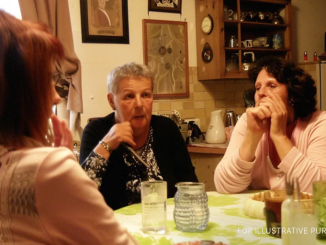

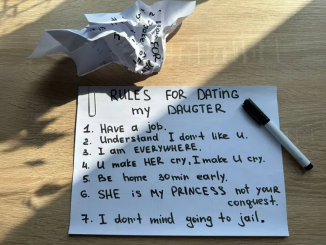
Leave a Reply